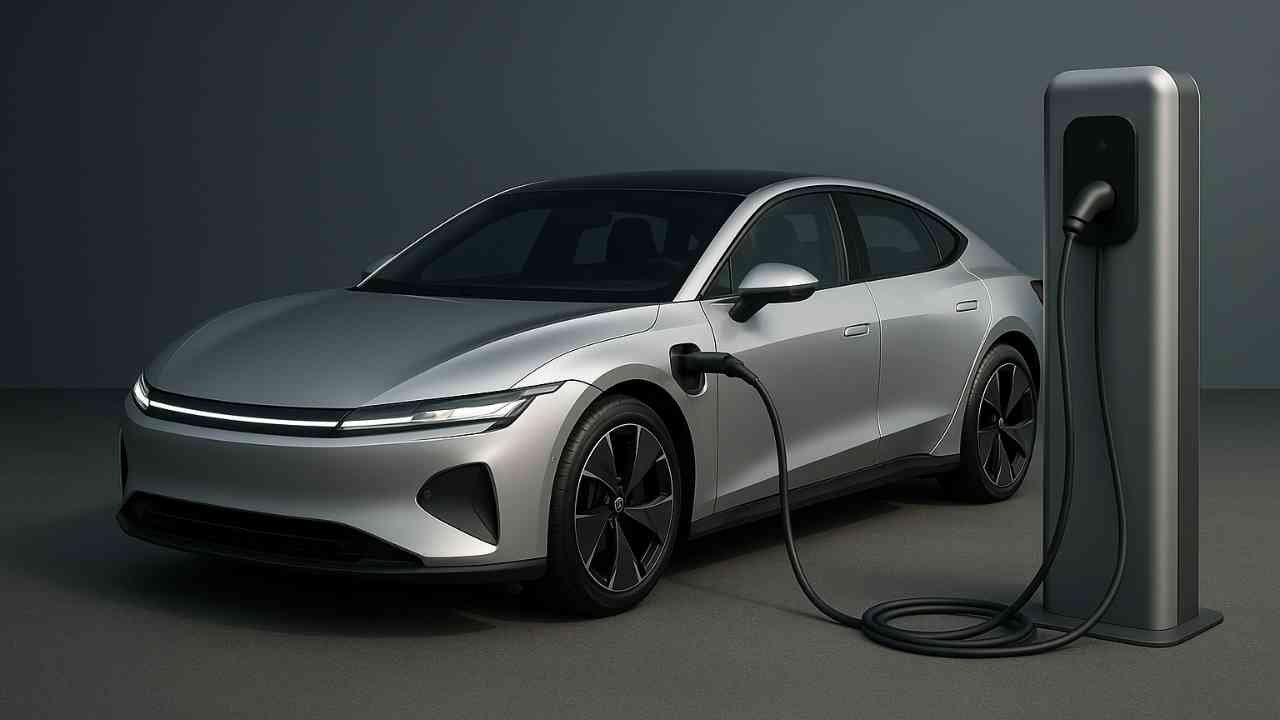Future Car Technologies: The Road Ahead
The automotive industry is evolving rapidly, with new technologies constantly pushing the boundaries of what cars can do. From self-driving features to electric powertrains, the future of cars is filled with innovation. In this article, we will explore the most exciting car technologies that will shape the automotive world in the coming years.
The Rise of Electric Vehicles (EVs)
Electric vehicles (EVs) are no longer a futuristic concept — they are becoming the standard. The push toward sustainability and reducing carbon footprints has driven the development of EV technologies. The future of electric cars will see improvements in battery life, faster charging times, and better performance.
Battery Technology Improvements
One of the key areas of development is battery technology. In the coming years, we can expect solid-state batteries to replace the current lithium-ion technology. Solid-state batteries offer:
- Higher energy density for longer range
- Faster charging times
- Safer performance with less risk of fires
This could make EVs even more practical for daily use, reducing charging anxiety and making them more accessible to the masses.
Autonomous Vehicles: The Self-Driving Revolution

Self-driving cars have long been the subject of fascination, but they are rapidly becoming a reality. The combination of advanced sensors, machine learning, and AI is making autonomous vehicles (AVs) safer and more efficient.
Level 5 Autonomy
Currently, most self-driving cars are in Level 2 or Level 3 autonomy, meaning they still require human intervention. However, the future will bring Level 5 cars — vehicles that can drive themselves under any condition, without human input. This could revolutionize:
- Urban mobility: AVs could reduce traffic congestion and allow for more efficient city planning.
- Safety: With advanced sensors and AI, human error, a leading cause of accidents, will be minimized.
- Convenience: Passengers could work, relax, or sleep during their commutes, dramatically changing the way we think about travel.
Car Connectivity: The Internet of Things (IoT)
Cars are becoming more connected than ever before. In-car connectivity is already a huge part of modern vehicles, with features like Apple CarPlay, Android Auto, and built-in navigation systems. But the next step is true internet connectivity, allowing your car to seamlessly interact with your home, office, and the environment around you.
V2X Communication
Vehicle-to-Everything (V2X) communication will play a major role in the future. V2X allows cars to communicate with:
- Other vehicles: Preventing collisions and improving traffic flow.
- Infrastructure: Traffic lights and road signs will communicate with cars, making driving smoother.
- Pedestrians and cyclists: Increasing safety by alerting drivers to the presence of others on the road.
This level of connectivity will make driving safer, more efficient, and environmentally friendly.
Augmented Reality Dashboards

The dashboard of the future is going to be far more than just a display of speed and fuel levels. Augmented Reality (AR) will take center stage in the next generation of car dashboards.
Heads-Up Displays (HUDs)
In future cars, heads-up displays will project critical driving information directly onto the windshield. This will allow drivers to:
- View navigation routes without looking away from the road.
- Monitor car diagnostics in real-time.
- Receive hazard alerts, such as warnings of pedestrians or other vehicles.
This technology will help drivers stay informed while keeping their eyes on the road, making driving safer and more intuitive.
Green Technologies: Sustainable Manufacturing
The future of cars isn’t just about what’s under the hood — it’s also about how cars are made. Sustainable manufacturing will be a key focus in the coming years.
Eco-Friendly Materials
Car manufacturers are already exploring new, environmentally friendly materials for car production. Expect to see more:
- Recycled materials: Using materials like recycled plastics and metals.
- Biodegradable composites: Lightweight and strong materials that are better for the environment.
- Sustainable processes: Reducing the environmental impact of the manufacturing process itself.
By reducing waste and using renewable resources, the automotive industry will play a key role in the global push for sustainability.
Conclusion: The Future is Here
The future of car technologies is bright, filled with innovations that promise to make driving safer, more efficient, and more enjoyable. From electric vehicles to self-driving cars and smart connectivity, these advancements will transform the way we interact with cars and the world around us.
As we move forward, the automotive industry will continue to push the limits of technology, paving the way for a cleaner, smarter, and more connected future.
